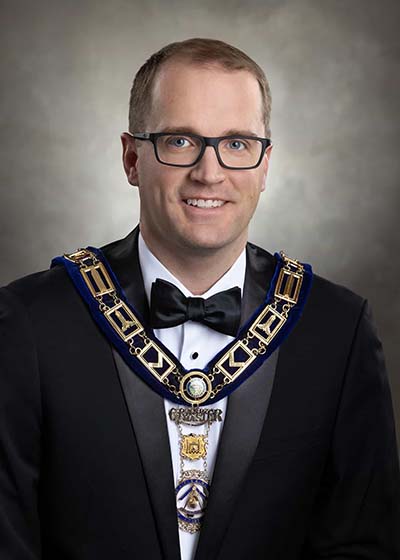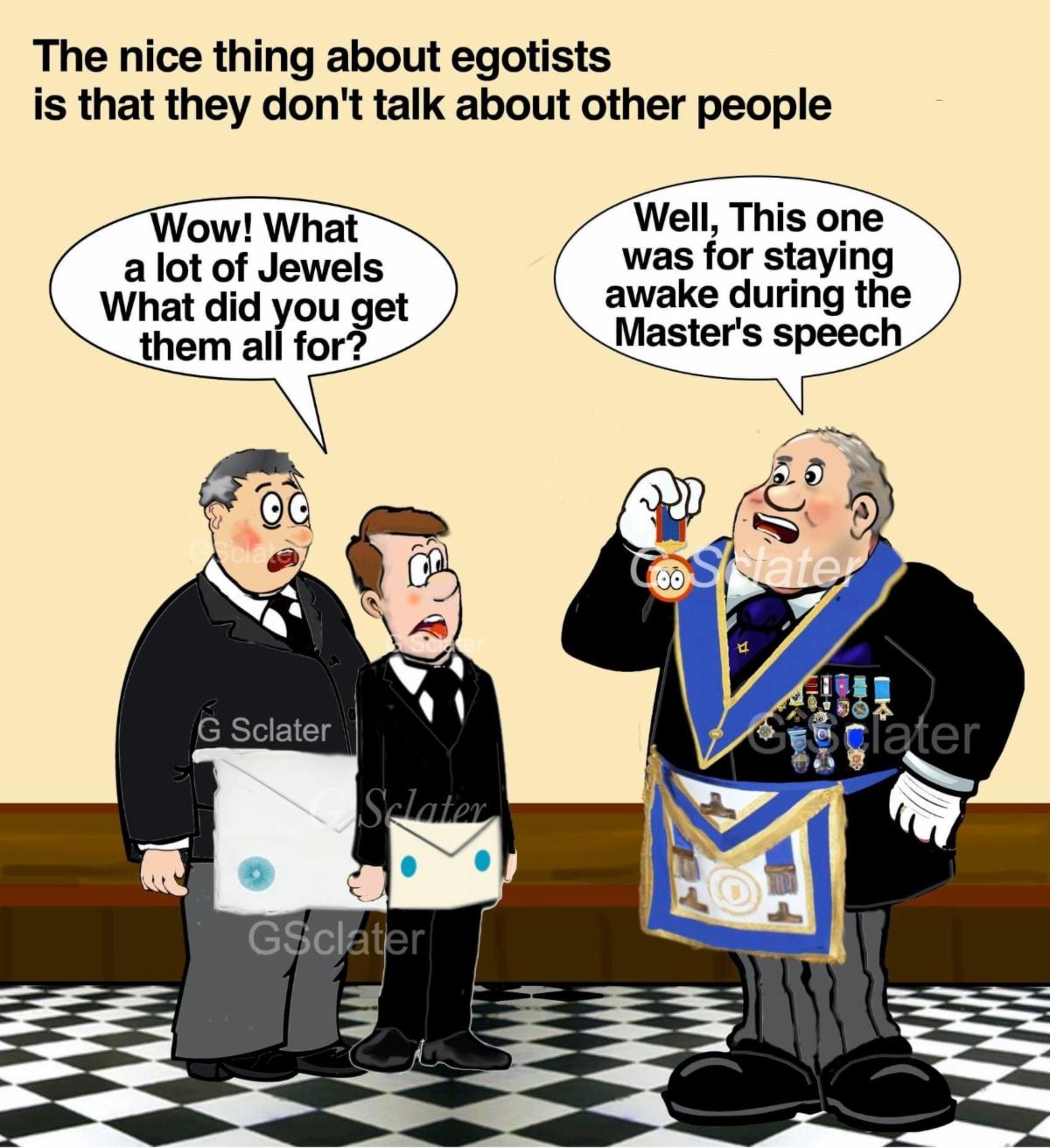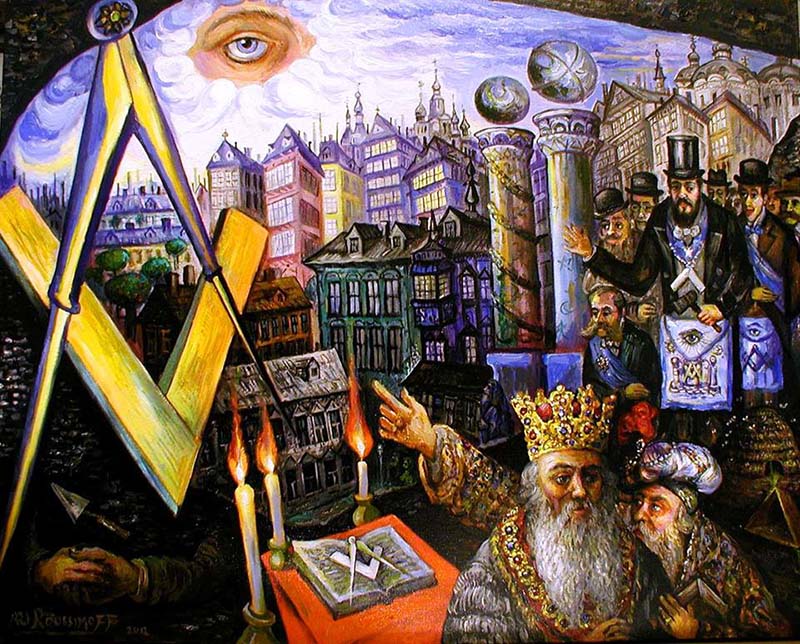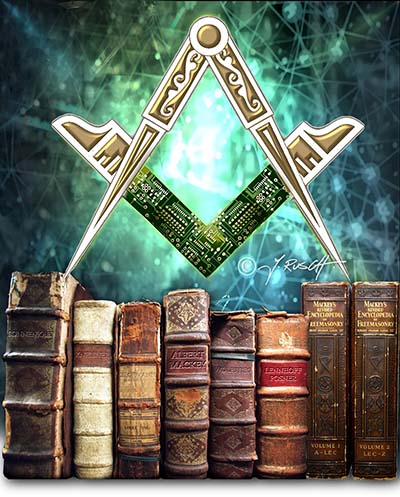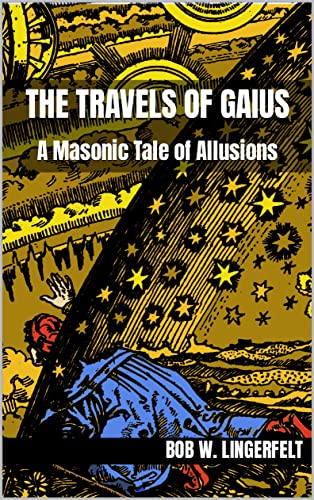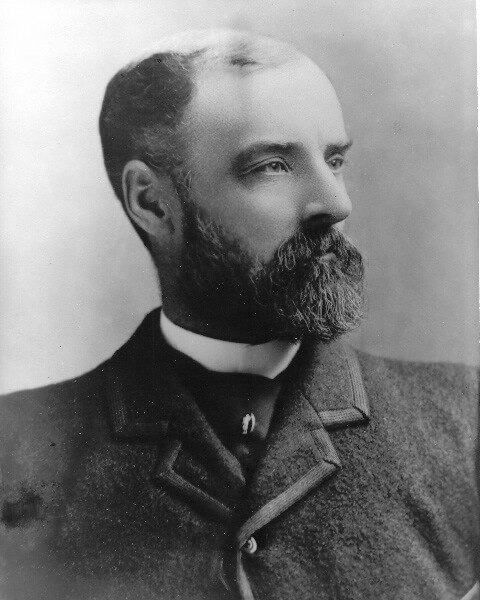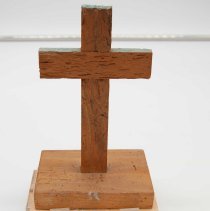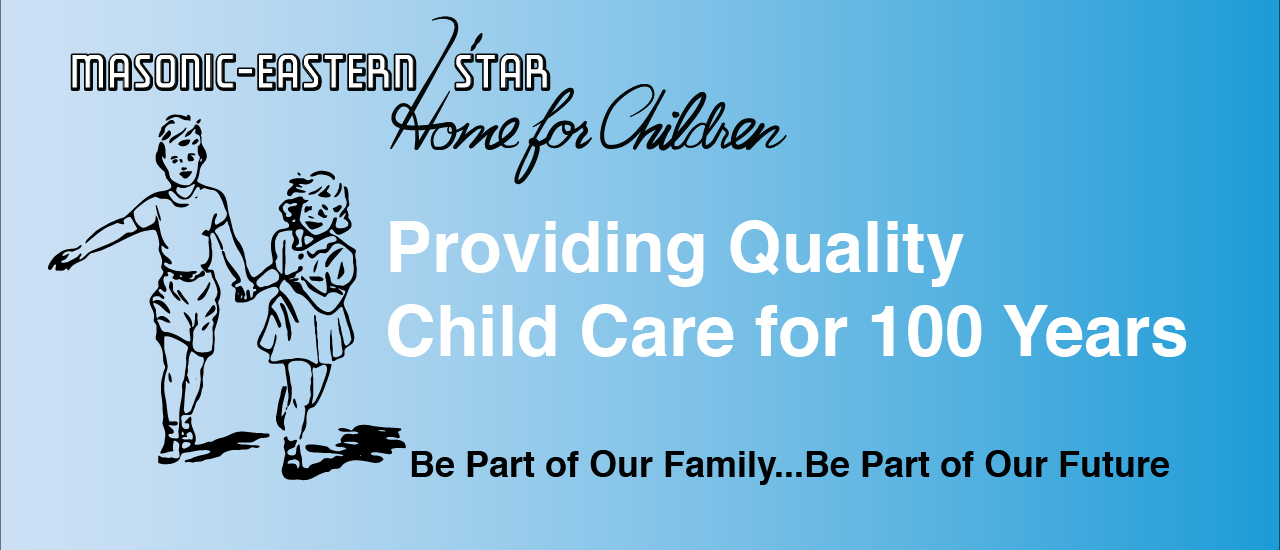The Acacia
RWB Keith Manbeck
Ohio
The Masterpiece is one of the culminating projects for Ohio’s Royal Scofield Society. Brethren are asked to create an original Masonic piece, connected to an established body of research and incorporating their personal connections that takes the form of a presentation in a tyled Lodge. It can take the form of a research paper, crafted artifact, educational presentation, or many other forms. It is highly personal, developed with a mentor and with the approval of the Regents of the Royal Scofield Society. This is the Masterpiece of RWB Manbeck.
It’s Phenology, Biblical References, Masonic Symbolism, and Personal Meaning
The Acacia is an important symbol in our lives and beliefs as a Mason. The lesson of immortality that it teaches us in the Master Mason degree is one that we should remember and take to heart. The Acacia also has an especially important part in the creation of certain furniture and other items of great biblical significance. Personally, my view of the Acacia changed significantly with the passing of my daughter. While giving the Master Mason lecture shortly after her passing I realized a new feeling of its significance.
Phenology
Since the beginning of recorded history, the Acacia has been an important plant in the lives of those who lives where it grows. It has provided lumber for building homes as well as the furniture in the Tabernacle where the Ark of the Covenant was seated. It has provided warmth through firewood and charcoal as well as having medicinal uses.
Vachellia seyal also known by the common names of Red Acacia and Shittim Wood is a tree that is commonly found in the semi-arid areas of tropical Africa. It tends to grow in groups or patches throughout the area. It is classified as an evergreen and sports many thorny spines along its branches. It can grow to a height and width of 10 meters (32 feet) with a trunk diameter of 60 centimeters (23 inches).
The Acacia species is commonly found within 12 degrees of the equator and prefers semi-arid conditions. It grows best where temperatures range between 18-28 degrees Celsius (64-82 degrees Fahrenheit). It is also very adaptable to a range of soil types but does best in a clay well drained soil with a wide pH range. It is also very tolerant of very acidic and salt laden soils.
The Acacia genus is a member of the Fabaceae family. One of the characteristics of the family is that the plants are nitrogen fixing. There are nodules on the root system of the plant that attracts certain bacteria that enables the plant to fix nitrogen which is a necessary nutrient for growth. The plant absorbs the nitrogen from the atmosphere and translocate it through its vascular system to the roots where the bacteria convert it into a form that the plant can use for growth. This is the same process that is used by alfalfa, the pea family, and the Locust family.
The Acacia is also useful for natural medicinal purposes. It’s bark, leaves, and gum extract are used to reduce the symptoms for colds, diarrhea, hemorrhage, jaundice, headache, and burns. An extract from the bark is used against leprosy and dysentery. It acts a stimulant and a purgative (laxative) for both humans and animals. Exposure to smoke is believed to relieve rheumatic pains.
There are many other uses for the Acacia. These include lumber, harvesting of a gum extract, tannin which is a source of red dye, and many others. Chemicals in the bark kill freshwater snails and algae that grows on ponds. The bark can be harvested and be used to make rope. In many areas the thorny branches are cut by farmers and are used as fenceposts.
The wood of the Acacia is pale yellow to medium brown with the heartwood being a pinkish-brown to mahogany-red. The timber contains natural preservatives and is hard and tough and works well. Shittim wood was used to create coffins of Egyptian Pharaohs as well as much of the furniture and structure of the tabernacle of the Ark of the Covenant. The Shittim wood or hardwood is somewhat susceptible to insects and decay. To properly prepare it for use it must be split and soaked in water for few weeks and then wood is allowed to dry before it is used for woodworking purposes. Acacia wood is also an important source of rural energy in the countries in which it grows. It used for both firewood and charcoal.
Acacia In the Bible
Plants have held significant meanings in many different societies throughout recorded history. The Quince in Greek society was a symbol of love and happiness. The Palm is a symbol of victory, rosemary was a symbol of remembrance. But when we contemplate the Acacia, we begin to look at a plant that had a very important part in the building of the Tabernacle as well as the items that were placed therein.
The Acacia is referenced no less than 32 times in 6 different books of the King James Version of the Bible. It is referred to as Shittim wood and is mentioned 23 times alone in the book of Exodus. In the 25th chapter of Exodus Shittim wood is referenced as the material that the Ark of the Covenant is constructed from (Exodus 25:10). It is also used to create the staves that were overlayed with gold used to move the Ark (Exodus 25:13). It was used to create the boards of the tabernacle (Exodus 26:15, 26:26). There were 5 pillars made of Shittim wood that were overlaid with gold used to hang the veils in the tabernacle (Exodus 26:37). The alter for the burning of incense in the tabernacle was also made out of Shittim wood (Exodus 27:1, 30:1). The staves for the alter were crafted out of Shittim wood and overlayed with brass. (Exodus 27:6)
The Acacia due to its abundance and the fact that it was a strong and the wood holds natural preservatives made it an ideal resource to create the structure of the tabernacle as well as the furniture and the Ark of the Covenant. The fact that the coffins of Pharaohs were also made out Acacia shows that the wood was held in the highest of esteem and it makes sense that when the instructions were given for the construction of the Tabernacle and its furniture that the Acacia would be used to create these most important pieces in our biblical history.
The Acacia as A Masonic Symbol
Most literature on this topic ties the Acacia and immortality together through the mythological legend of Isis and Osiris. In this legend Osiris who was both King and God of the Egyptians was tricked by his brother Typhon into entering into a large beautifully crafted box. Upon Osiris’s entry the lid was shut, and the chest was thrown into the Nile. The currents of the Nile carried the chest to Byblos, Phoenicia where it was cast ashore at the foot of an Acacia tree. The tree grew rapidly and soon encased the chest holding the body of Osiris.
When Queen Isis learned of the fate of her husband she set out in search of his body. In the meantime, the King of the land where the Acacia grew that concealed the body, cut down the tree and had a column made of the trunk of the tree. Learning this Isis became the nurse for the King and received the column as her pay. In the trunk of the tree and the column was the preserved body of Osiris.
The Israelites were one of the first peoples to plant a sprig of Acacia at the head of the grave as a symbol of immortality. The Acacia at the grave also marked the gravesite so that no one would walk upon the grave.
It is also recorded that beams that were placed into houses often sprouted branches even though they had no roots. The name “evergreen” implies that the plant always shows life and will never die.
When we as speculative Masons use the sprig of evergreen representing the acacia at our Masonic funeral services, we are giving this as proof of our belief in a “thing not seen” for the Brother who has traveled the path that we all must someday travel.
The second symbol of the Acacia is one of innocence. Acacia in the Greek language is not only the name of the plant it also means a moral quality of innocence or purity of life. In this symbolism we think of him who was in the grave above which the Acacia was planted. His purity of life, virtuous conduct, and fidelity to his trusts lead to the teachings we have learned as Master Masons. We are also challenged to live our lives to emulate his example.
The Acacia and It’s Personal Meaning To Me
Our first introduction to the Acacia is made when we are portraying our Grand Master Hiram Abiff. We are blindfolded and confused when the Acacia is planted at the head of the grave. When the second mention comes about, we are still blindfolded and possible wondering to ourselves how much longer am I going to have to lay here blindfolded on this hard floor all wrapped up in a carpet. Even to myself as a horticulturist at the time of my raising I missed the mention of this important symbol. Not until after being raised and sitting through the Master Mason Lecture did my curiosity begin surrounding this incredible symbol. I did some early research to learn that it was a desert plant that did grow in the area of the Temple.
Within several years of my raising, I embarked on the journey to learn the Master Mason Lecture. As I worked on the lecture the Acacia with the shining emblem at the end of the lecture that after 20 minutes of presenting the lecture, I knew I was at the end. I was able to recite the words in the lecture and I knew that the acacia was an emblem of everlasting light. I had not however internalized what the Acacia actually meant to me.
When my Grandfather passed to the Celestial Lodge Above in 1996, I was fortunate to participate in his Masonic Funeral service. My understanding of the Acacia came a little more into focus in my personal life. As I would walk through a field of evergreens in the family nursery which Grandpa, dad, and uncles started I would think of him and the lessons that I learned from him. The lessons included both work and life lessons. As time went on, I realized that Grandpa had truly lived his life as a Mason and I endeavored to do the same.
When my Father passed to the Celestial Lodge Above in 2016, I was again fortunate to participate in his Masonic service. This was another step toward my understanding of the meaning of the Acacia. Again, upon contemplating Dad’s life and how he lived it and the fight he put forth in the end set an example for me to follow. The Acacia sprig that I deposited meant to me that I was honored to have known my Dad as both a father and a mason and I knew that I would see him again.
In January of 2020 my 35-year-old daughter was diagnosed with Stage 4 metastatic breast cancer. Erin endured 12 rounds of chemotherapy and 2 separate rounds of 10 treatments of radiation therapy. She and her 3 children also lived away from her husband and their father for 3 months due to her husband being an Emergency Room Nurse who was being exposed daily to Covid-19. I must admit that during the 8 months that followed the diagnosis I had lost hope and I also lost faith. How could someone who I was supposed to trust and love and put my faith in allow something so awful to happen to someone so young and full of life? I struggled to put on a brave face and watch Erin as she never complained and always thought she would win her fight. In the end, the cancer had metastasized to her brain and there was no way to stop its vigorous attack on her body. On September 21st, 2020 Erin received her reward for being a true believer and those of left behind were blessed to hear from hundreds of people that she had a positive influence on in her short life.
Shortly after Erin’s passing, I was asked by WB George Moore to present the Master Mason lecture for several Candidates finishing their Grand Masters 1 Day Class. I went through my normal preparation for the presentation. As I stood up that evening and began the Master Mason lecture, I felt a presence of calm that I had not felt in many months in my personal and spiritual life. As I reached the end of the lecture, I realized that Erin was there with me. I presented the lines as I had so many times before, “When we contemplate the Acacia, an emblem of immortality and which bloomed at his grave, we are reminded of that immortal part that survives the grave” I realized that Erin was letting me know that we would see each other again in the hereafter.
To me the Acacia is not only an emblem of immortality but also a sign from my daughter that I will see her again and that it is ok to mourn her loss but that we must also celebrate her life. As I sit back and reflect on this very personal experience, it makes me realize that all of the years of knowing about the Acacia I feel that I now realize it’s full meaning to me which relates to the meaning that we are taught in the Master Mason lecture that there is life ever after and our soul is immortal.
Conclusion
The Acacia, a sprig of evergreen, from a thorny scrubby plant that only grows in the most adverse conditions was used to mark the grave of our Grand Master Hiram Abiff. There are many references in the Bible to the Acacia and it was used to create the Ark of the Covenant as well as other furniture in the Tabernacle. It has also been recorded to have been used to create the coffins of Pharaohs in ancient Egypt. It was planted at the head of the grave of the deceased by the Israelites. Why would the creators of our ritual give us a symbol that has such a notable history? Perhaps it is because through history the Acacia has represented life from death and being an evergreen, it is seen as a plant that will never die. The Acacia is meant for us to reflect on our lives and our beliefs, and it encourages each of us to find what that true meaning is for us. As we each learn the true meaning of the Acacia in our own lives it brings us a piece of mind that we will again see those who have traveled the path before us.
